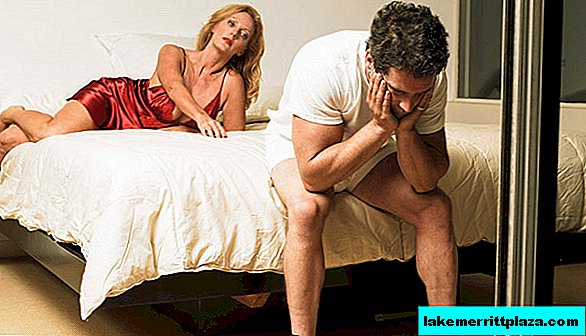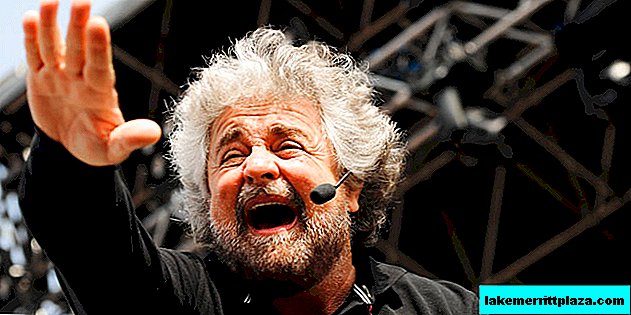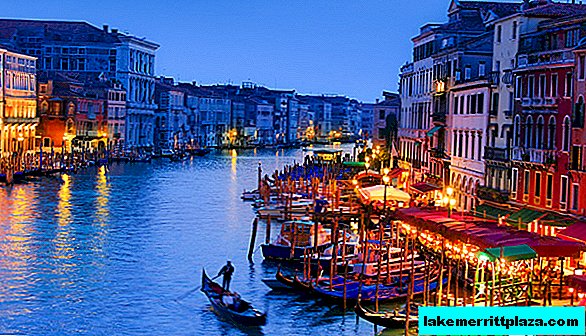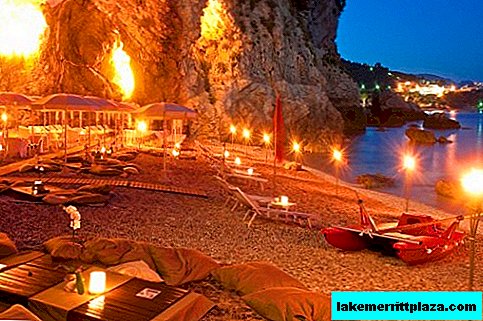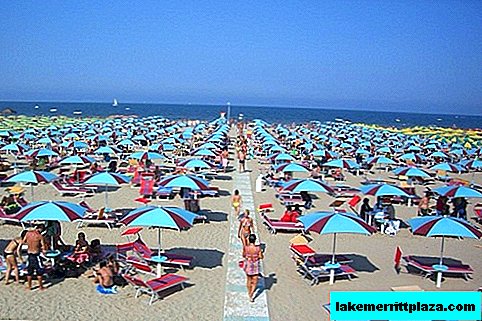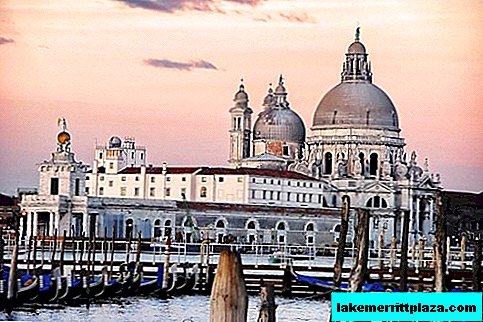The Church of St. Mary was originally Catholic, after the Great Reformation became Lutheran, and today it is an evangelical church. Its organ, made in 1722 by the master Johann Wagner, fascinates with its sound. The pride of the church is the fresco "Dance of Death" (1484).
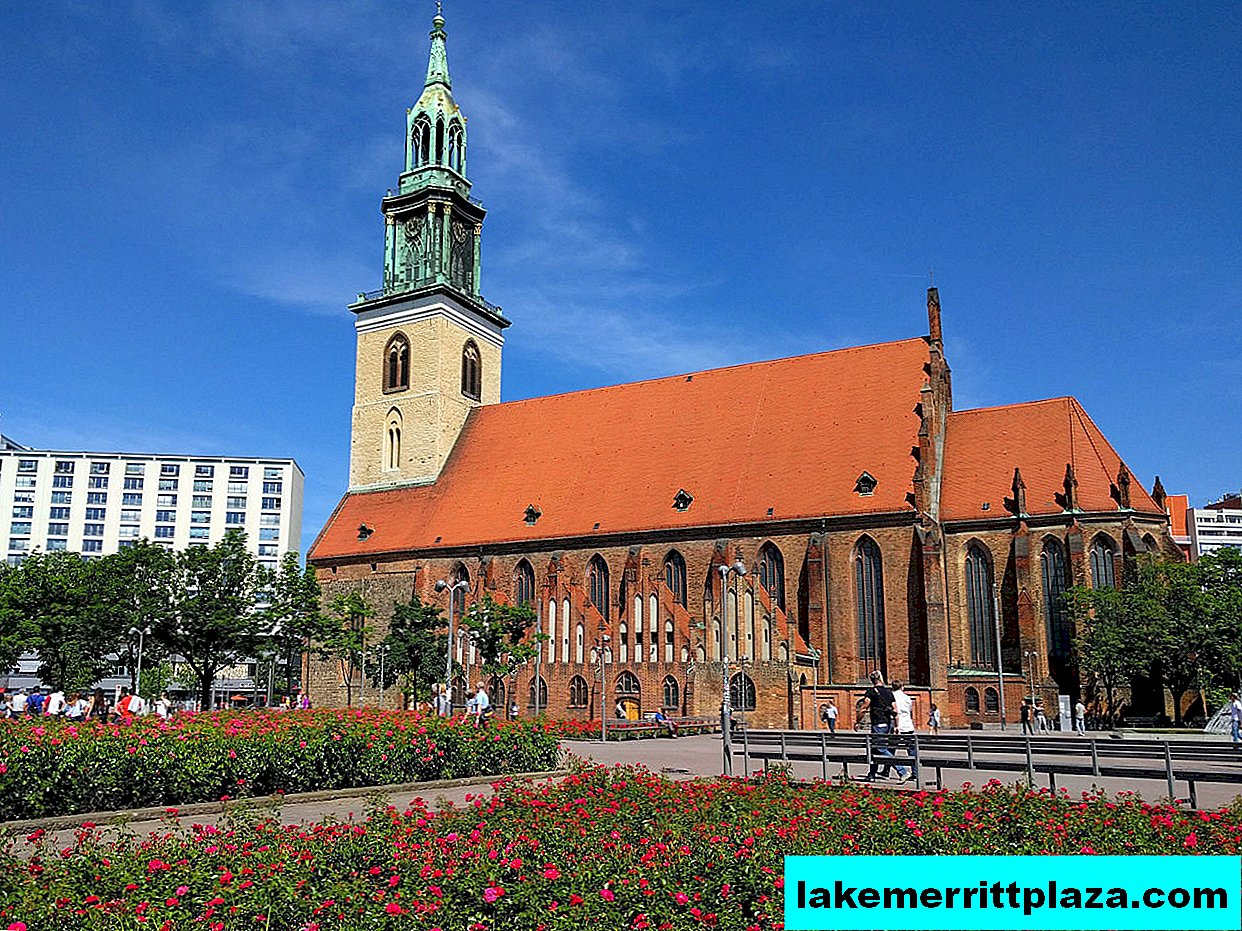
Church of St. Mary (Marienkirche), photo Martin Deutsch
On Karl-Liebknecht-Straße, next to the Berlin TV tower, there is a modest church building, built in the style of the Hanseatic brick Gothic architecture, with an elegant green tower at the top. This is Marienkirche, a Lutheran temple, a stronghold of the German Evangelical Union.
Construction, reconstruction and restoration of the church
The church of St. Mary began to be built in Berlin with the money of wealthy citizens in 1270. The first written mention of Marienkirch is found in the 1292 indulgence. The foundation of the hall temple was made of cobblestone and granite, the walls were built of red brick. Star-shaped rib arches raised on powerful columns. In 1415, they began to build a rectangular tower with a belfry.
Gothic Marienkirche, which has survived several fires since 1380, in 1663-66. restored according to the project of Michael Smids in the Baroque style, in 1789-90, Karl Gottgard Langgans reconstructed it in the Neo-Gothic style. In the years 1969-70. Church restoration after destruction during World War II took place.




St. Mary's Church - Berlin's oldest evangelical church
In total, the interior of the temple has 90 works of art. Here is the sarcophagus of Field Marshal von Sparr, created by the Antwerp master A. Quellinus. Pulpit by A. Schluter is set in the Baroque era.
Dance of Death

Mural-panel "Dance of Death" (1470-84), photo by Santiago Abella
On the walls of the tower hall is the famous fresco panel "Dance of Death" (1470-84), which is 22.6 meters long and 2 meters high. It depicts the spiritual and secular elite; each representative is accompanied by a figure of dancing death. About 80 works with a similar plot are known in Europe: they are associated with the medieval plague epidemic. The fresco in Marienkirch is considered to be the oldest of the wall allegories "Dance of Death", preserved in the original in its original place.
Organ

Johann Wagner Organ, Eastfrisian Photo

Organ Keyboard, photo by Adrian Dunn
The church organ, created by Joachim Wagner in 1720-22, was subjected to constructive changes several times. The last reconstruction was carried out in 1996, after a harsh winter in Berlin.
How to get there
Take the metro line U2, U5, U8 or the city train S5, S7, S75 to Alexanderplatz station or tram M4, M5, M8 to the Spandauer Straße / Marienkirche stop.
How do I save on hotels?
Everything is very simple - look not only at the booking. I prefer the search engine RoomGuru. He is looking for discounts at the same time on Booking and on 70 other booking sites.

